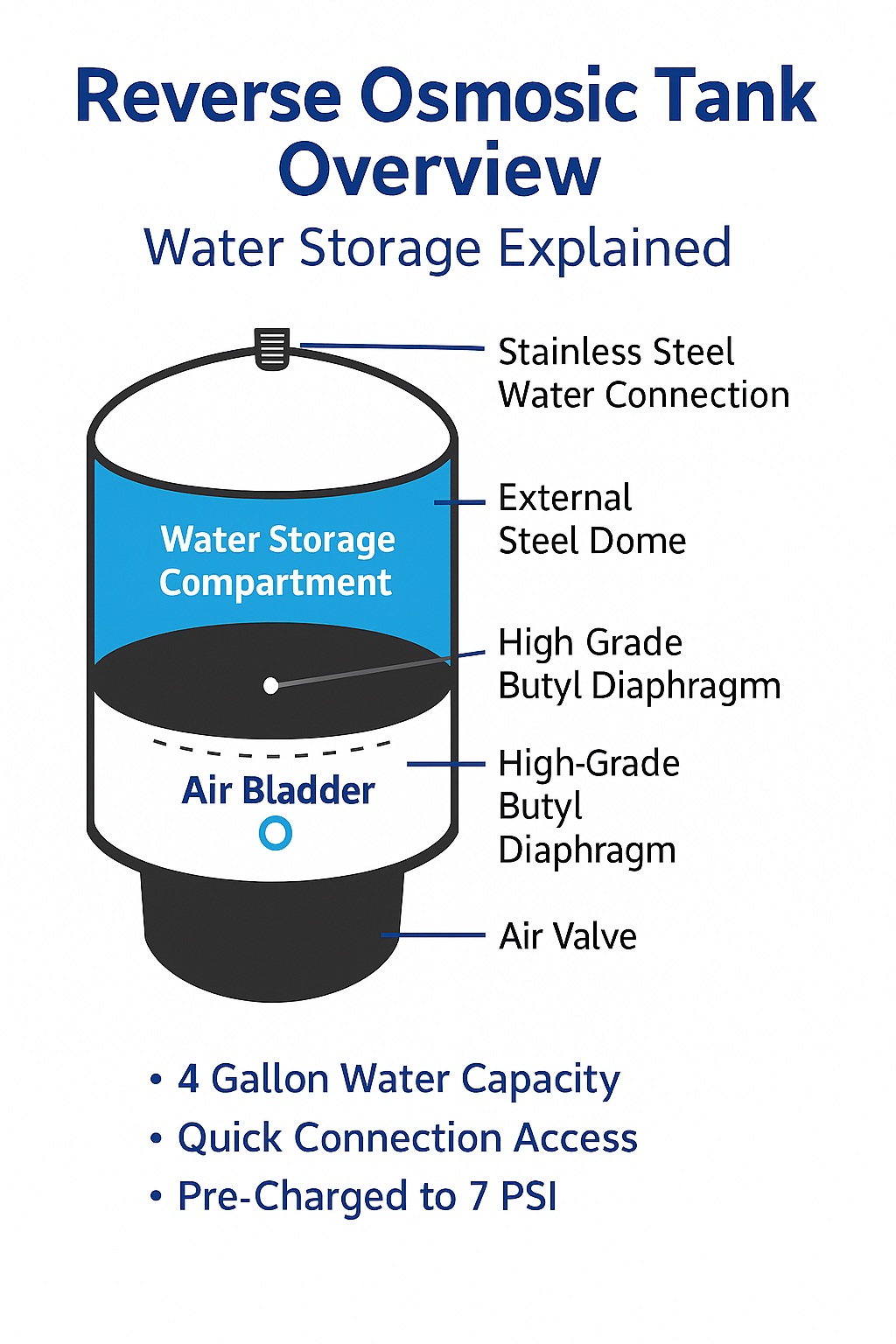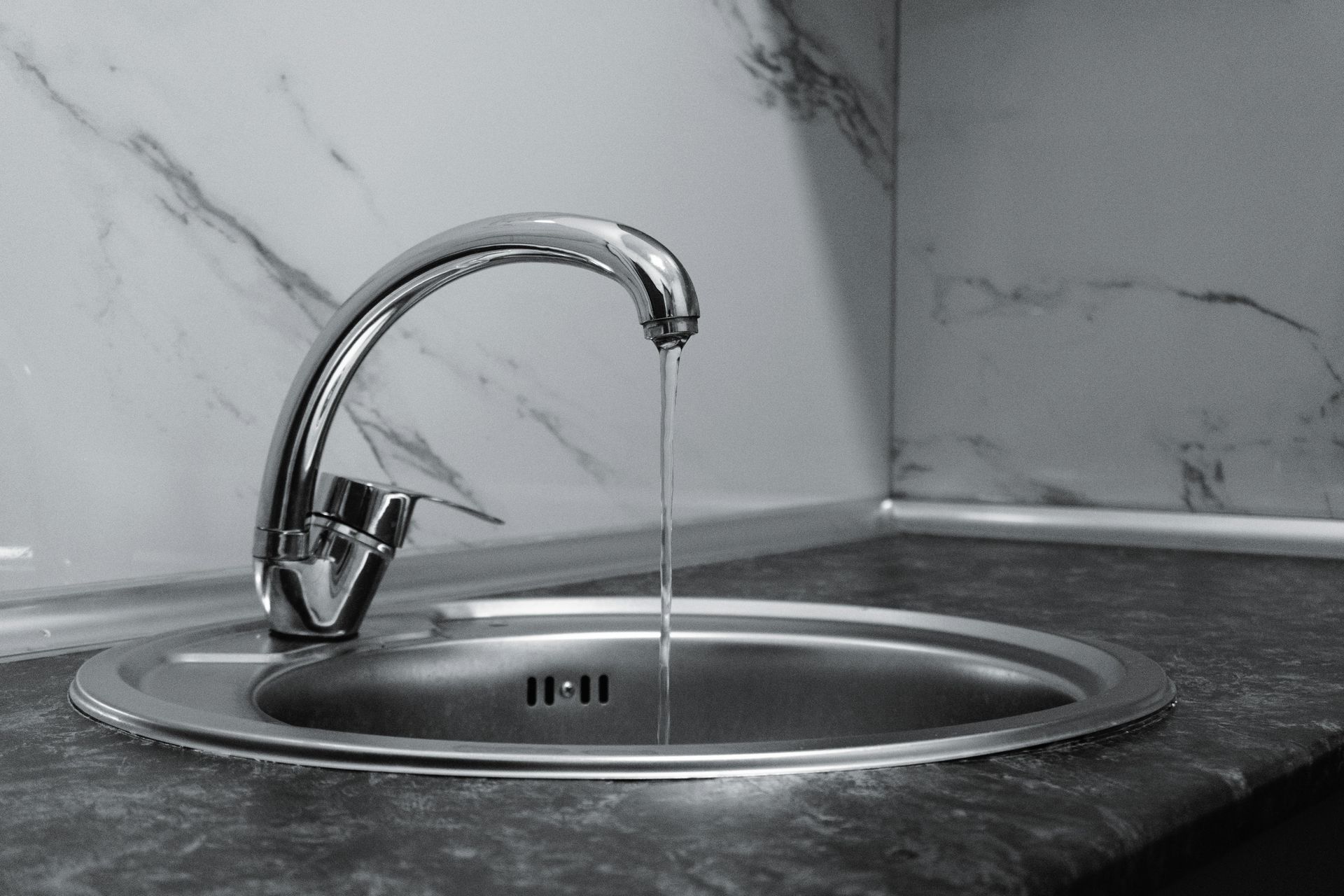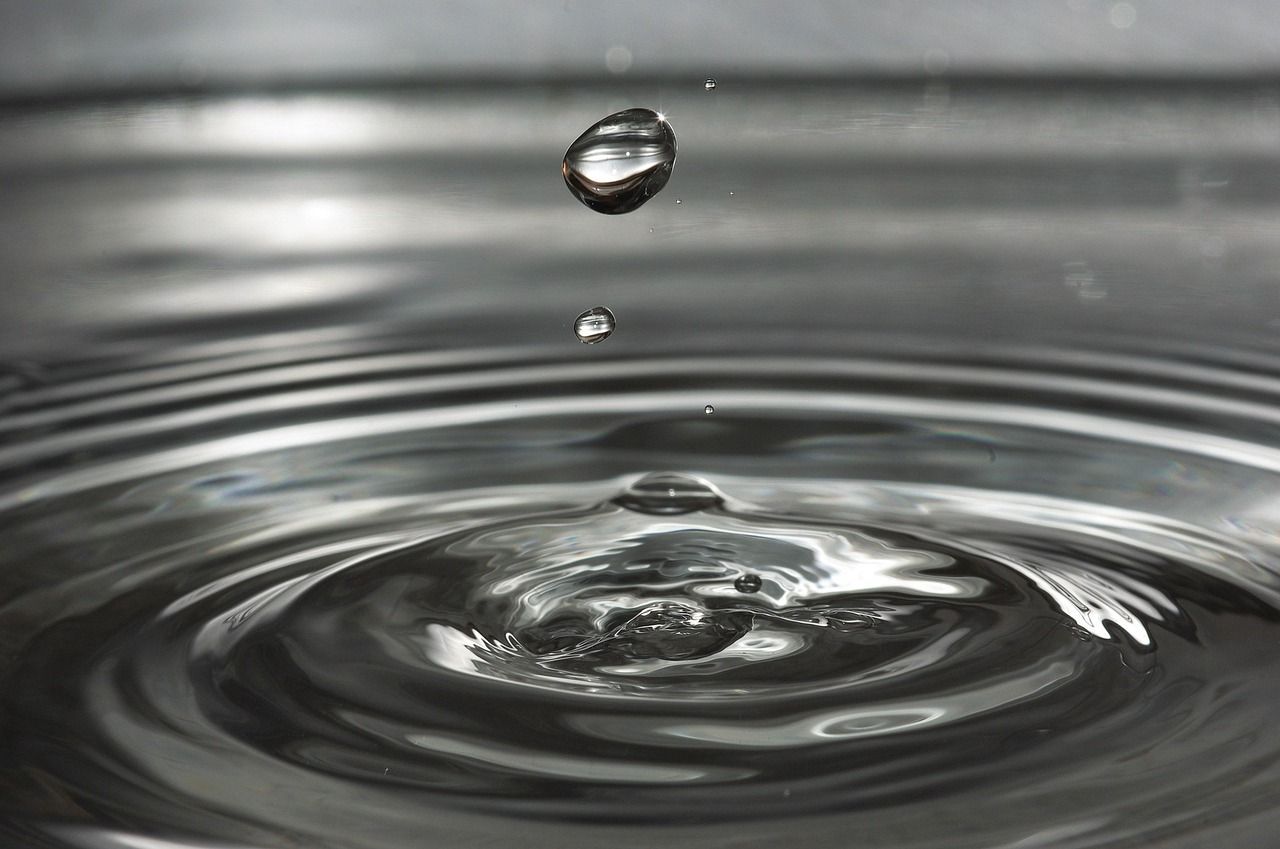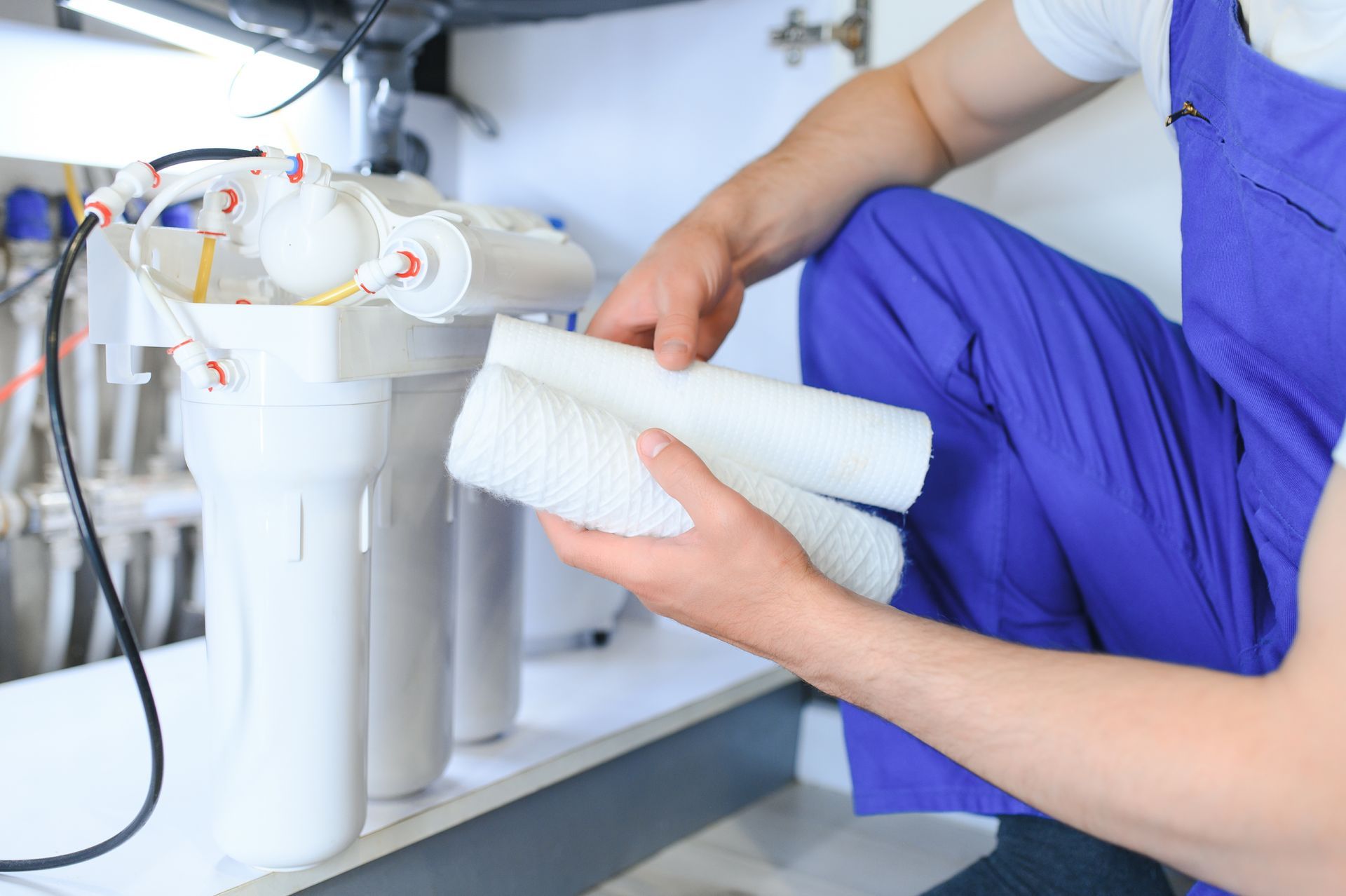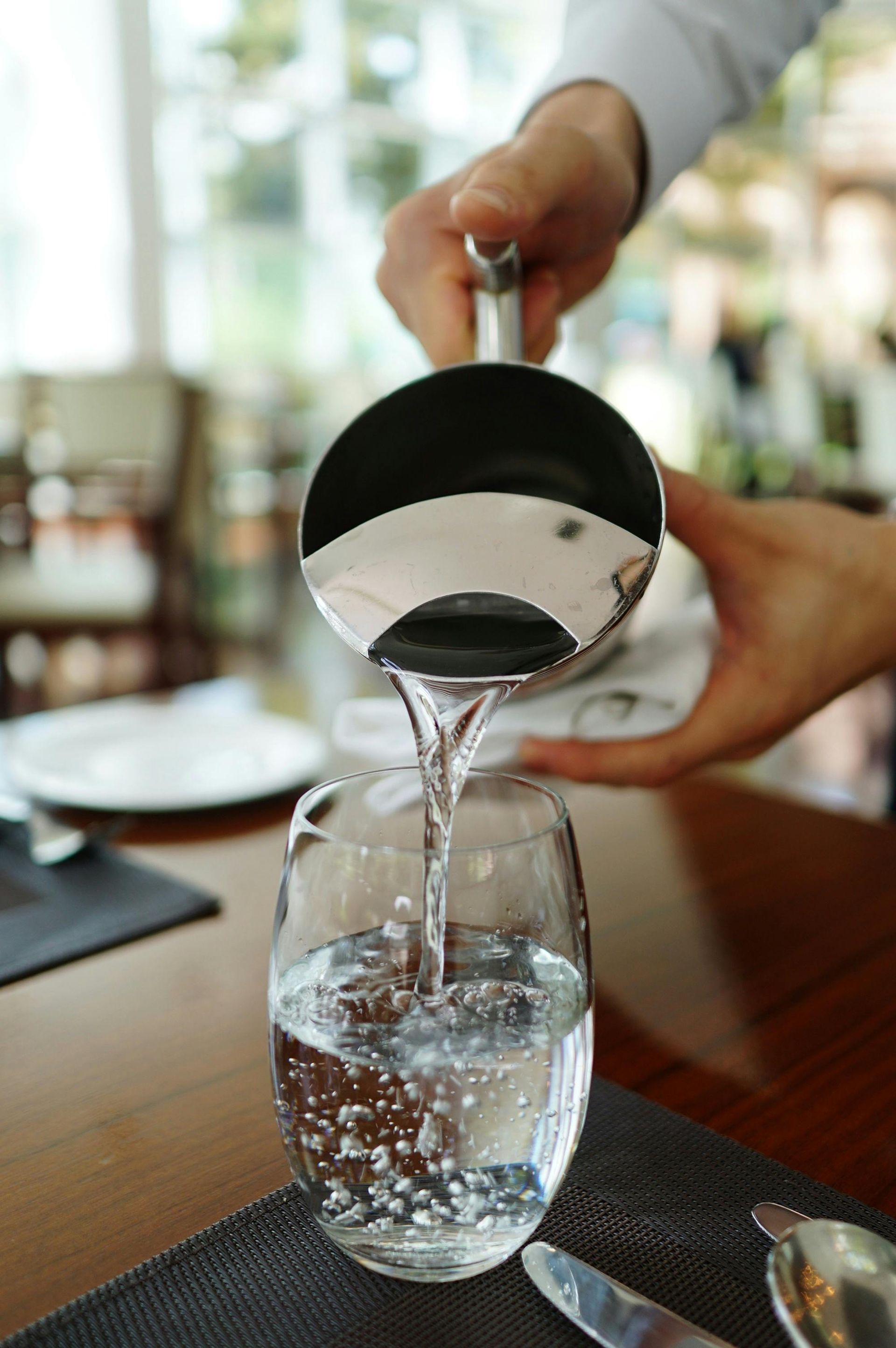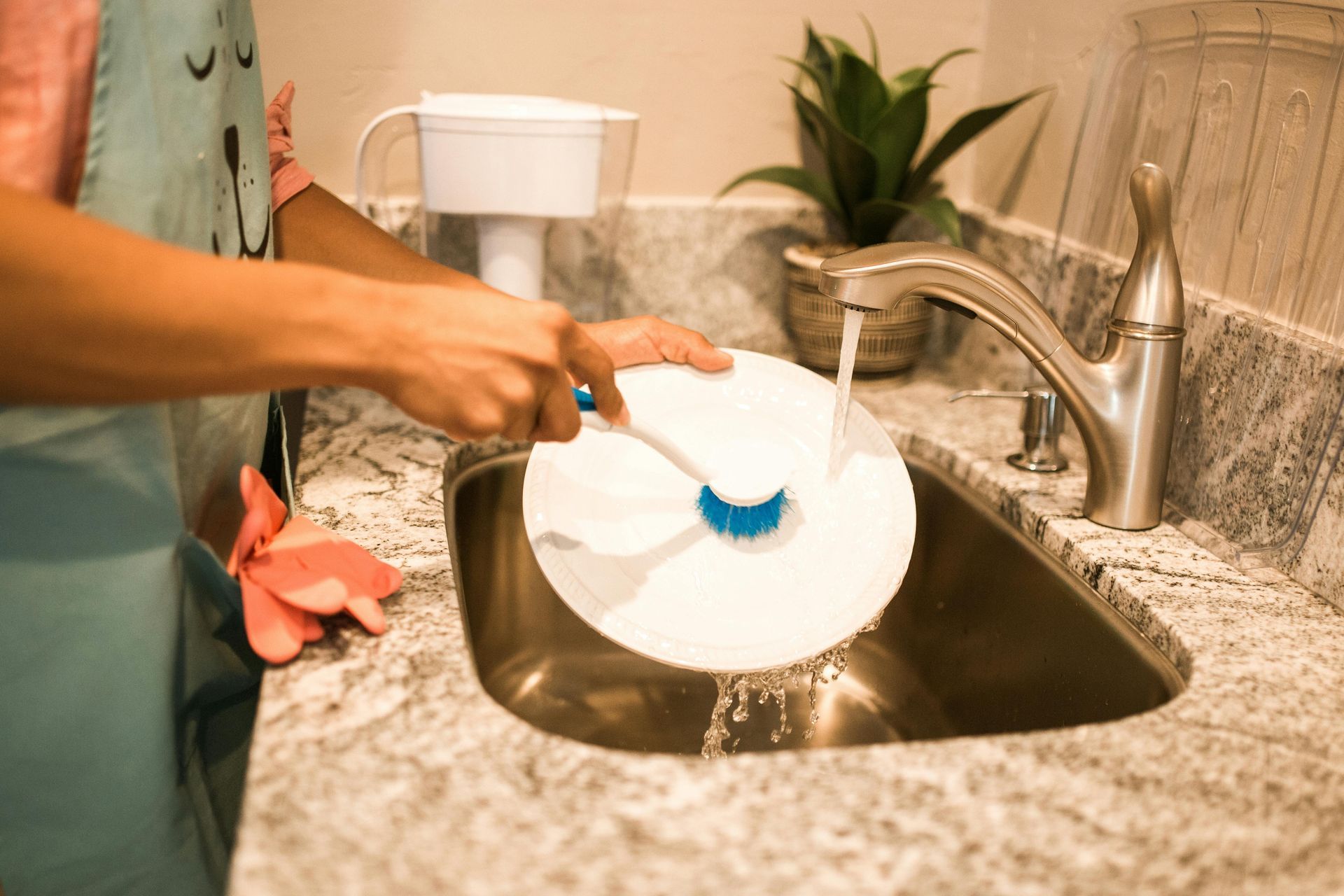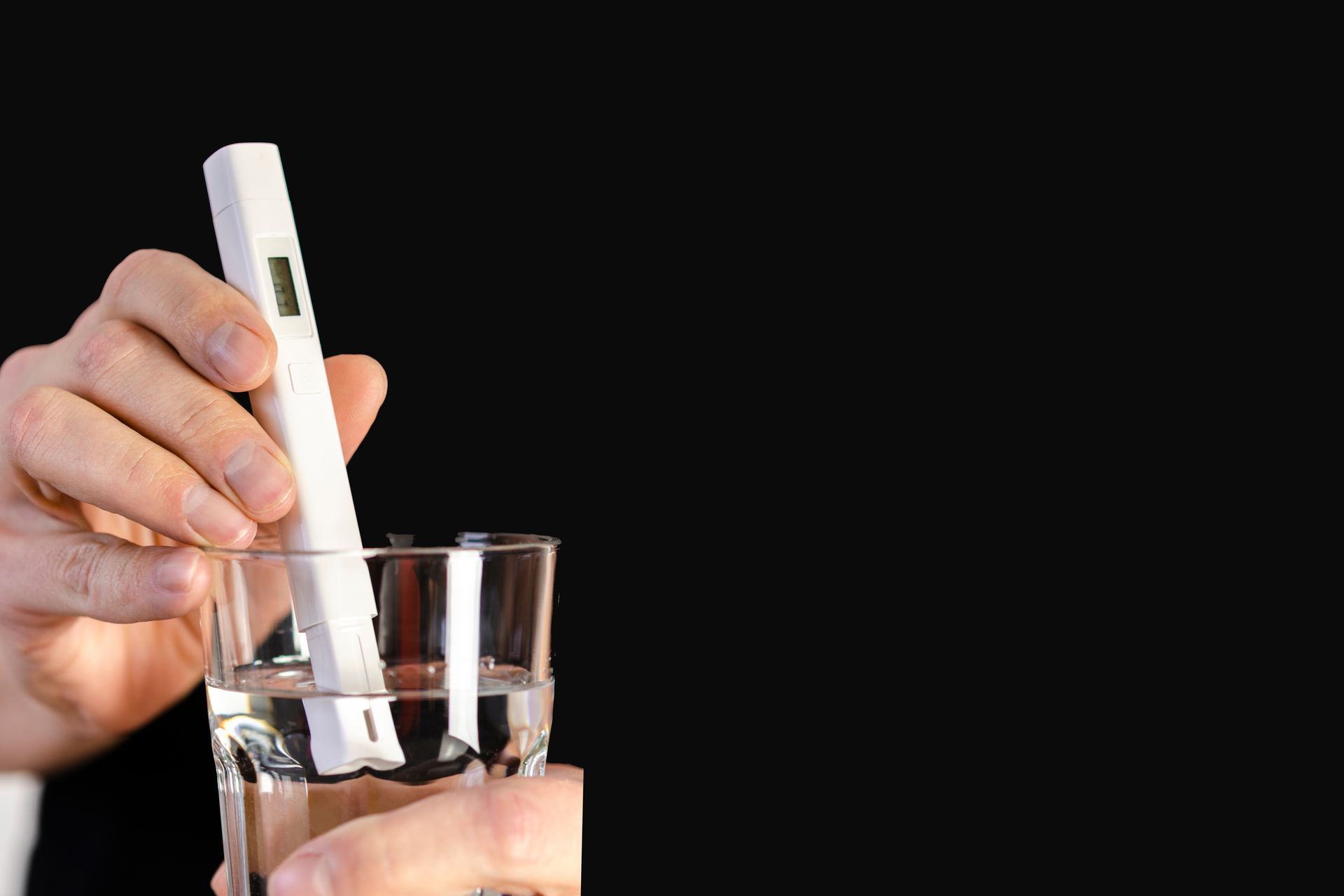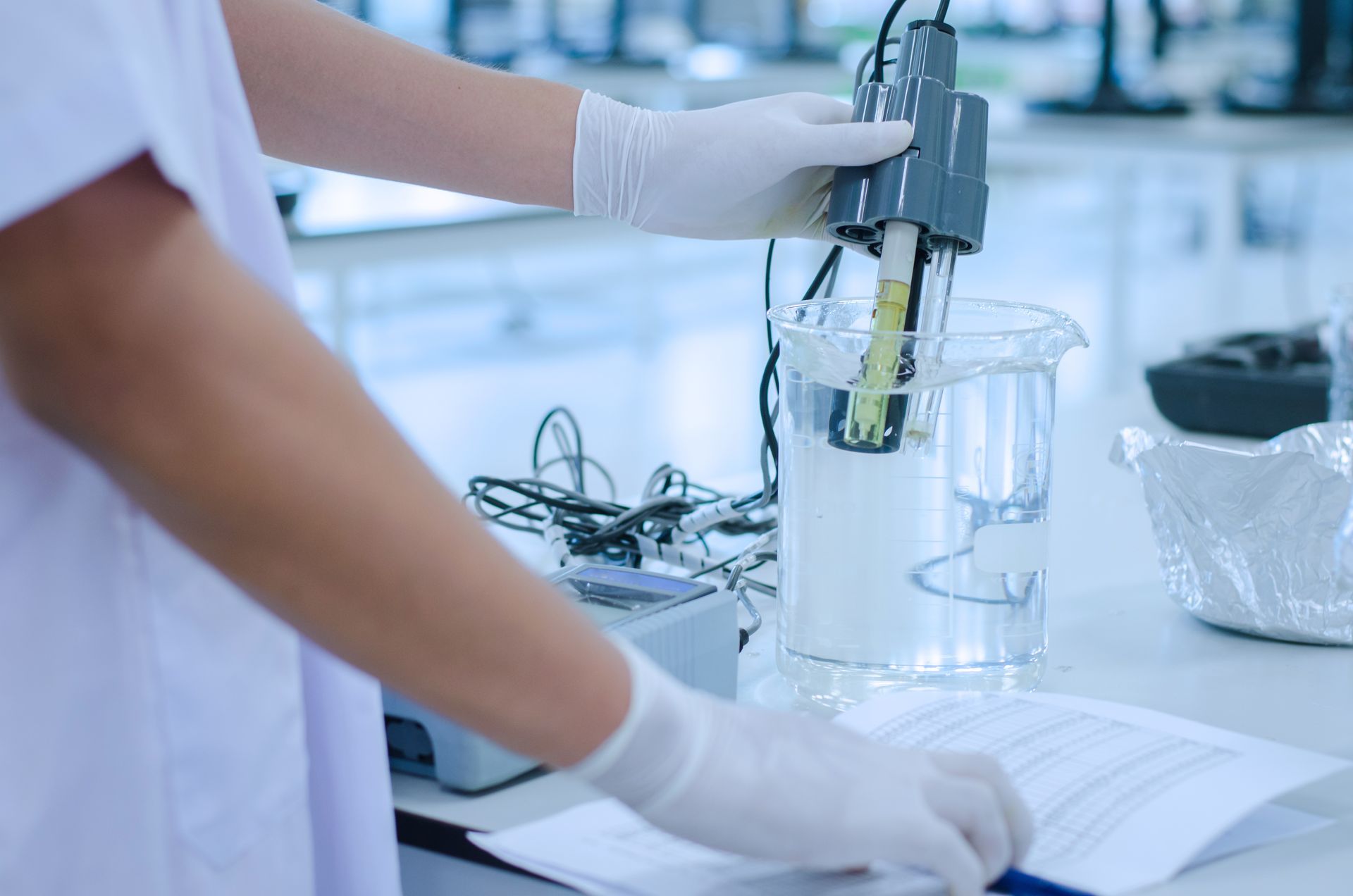Primary Solutions Consulting
Removing 10 Typical Water Contaminants: A Guide
Water is essential for life, but it can also be a source of many health problems if it is not clean and safe. Water contaminants are substances that can affect the quality, taste, odor, or appearance of water. They can also cause various diseases and infections, such as diarrhea, cholera, typhoid, hepatitis, arsenic poisoning, lead poisoning, and more—making regular
water quality testing essential for every household.
Water contaminants can come from different sources, such as natural, industrial, agricultural, or human activities. Identifying these contaminants through
water testing services is key to ensuring safe consumption. They can also be classified into different types, such as physical, chemical, biological, or radiological.
Sediment
Sediment is any solid material that is suspended or settled in water, such as sand, silt, clay, or organic matter. Sediment can make water cloudy, turbid, or discolored. It can also clog pipes, faucets, and filters, and reduce the efficiency of
water filtration systems. Sediment can also harbor bacteria, viruses, and parasites that can cause diseases.
Iron and Manganese
Iron and manganese are naturally occurring metals that are found in soil and rocks. They can dissolve in water and cause rust stains, metallic taste, and black or brown color. They can also damage plumbing fixtures, appliances, and laundry. Iron and manganese can also promote the growth of iron bacteria, which can produce a slimy coating and a foul odor in water.
Chlorine and Chloramines
Chlorine and chloramines are chemicals that are added to water to disinfect it and kill harmful microorganisms. However, they can also cause water to have a bleach-like smell and taste, and irritate the eyes, skin, and respiratory system. They can also react with organic matter in water and form disinfection byproducts, such as trihalomethanes and haloacetic acids, which are linked to cancer and reproductive problems.
Hardness
Hardness is a measure of the amount of calcium and magnesium in water. Hard water can cause scale buildup, soap scum, and reduced water flow in pipes, faucets, and appliances. It can also make water taste bitter, and affect the cleaning and rinsing of dishes, clothes, and skin. Hard water can also increase the energy consumption and maintenance costs of water heaters and boilers. A
home water softener system is an effective solution to reduce hardness and improve household water efficiency and quality.
Nitrates and Nitrites
Nitrates and nitrites are forms of nitrogen that are found in fertilizers, animal waste, septic tanks, and industrial processes. They have the ability to seep into underground water sources and pollute the water that is safe for drinking. These contaminants are often identified through
water quality testing, especially in private wells and rural areas .They can cause water to have a blue-green color and a sweet taste. They can also pose a serious health risk, especially for infants and pregnant women, as they can interfere with the oxygen-carrying capacity of the blood and cause methemoglobinemia, or blue baby syndrome, which can be fatal.
Fluoride
Fluoride is a mineral that is naturally present in some water sources, or artificially added to water to prevent tooth decay. However, too much fluoride can cause dental fluorosis, which is a condition that affects the enamel of the teeth and causes discoloration, pitting, or mottling. It can also cause skeletal fluorosis, which is a condition that affects the bones and joints and causes pain, stiffness, or deformity.
Lead
Lead is a toxic metal that can enter water through the corrosion of pipes, solder, faucets, or fixtures that contain lead. Lead can cause water to have a metallic taste and a bluish-green color. It can also cause serious health problems, such as brain damage, kidney damage, anemia, hypertension, and developmental delays, especially for children and pregnant women. These risks highlight the importance of regular
water inspection services to detect lead contamination early.
Arsenic
Arsenic is a naturally occurring element that is found in rocks, soil, and water. It can also come from mining, smelting, or industrial processes. Arsenic can cause water to have a metallic or garlic-like taste and a yellow or brown color. It can also cause various health problems, such as skin lesions, cancer, diabetes, cardiovascular disease, and neurological disorders.
Water testing services are essential for communities affected by arsenic contamination.
Pesticides and Herbicides
Pesticides and herbicides are chemicals that are used to control pests and weeds in agriculture, landscaping, or gardening. They can run off or seep into water sources and contaminate drinking water. They can cause water to have an unpleasant smell and taste, and affect the aquatic life and ecosystem. They can also cause various health problems, such as hormonal disruption, reproductive problems, liver damage, and cancer.
Whole home water filtration systems are ideal for removing chemical residues and safeguarding family health.
Microorganisms
Microorganisms are living organisms that are too small to be seen by the naked eye, such as bacteria, viruses, parasites, and algae. They can come from human or animal feces, soil, or vegetation. They can cause water to have a foul smell and taste, and affect the color and clarity of water. They can also cause various diseases and infections, such as diarrhea, cholera, typhoid, hepatitis, giardiasis, cryptosporidiosis, and cyanobacterial poisoning.
How to Remove Water Contaminants
The best way to remove water contaminants is to use a water treatment system that can filter, purify, or soften your water. Various kinds of water treatment systems include:
Cheers to Clean Water: Sip Safely with Primary Solutions!
If you're looking for a
water treatment company in Cypress, TX, look no further than
Primary Solutions Consulting. We are the best choice for your water treatment needs. We can test, soften, and filter your water, and make it clean and safe for you and your family. We provide water testing services, water softener systems, and
water filtration systems. Contact us today at
(832) 788-9938 to get a free estimate or to schedule a service.
FAQs


